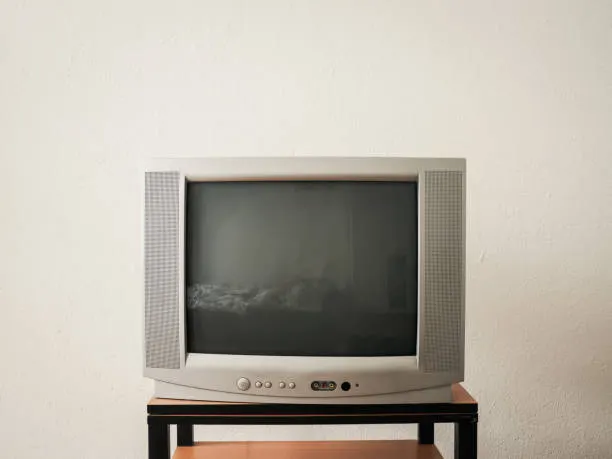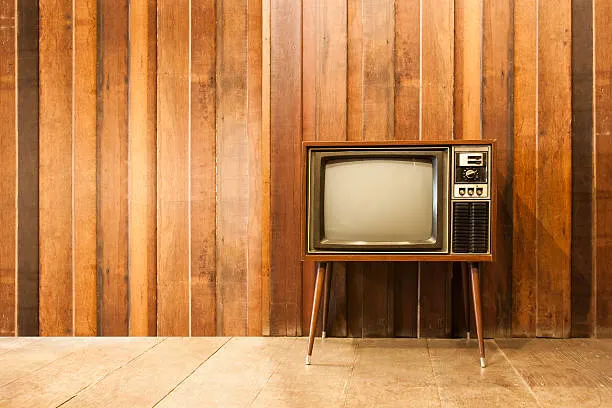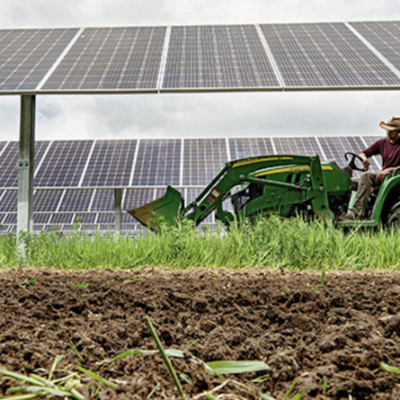The Changing Landscape of Television
For decades, cable tv dominated the entertainment industry, providing viewers with access to hundreds of channels. However, with the rise of streaming platforms like Netflix, Hulu, and Disney+, the future of traditional cable-TV looks uncertain. More people are cutting the cord and shifting towards on-demand entertainment. But does this mean the end of cable-TV? Let’s explore what’s happening and what the future holds.

The Rise of Streaming Services
Streaming platforms have revolutionized the way people consume content. Here’s why they are gaining popularity:
- Convenience and Flexibility – Unlike cable-TV, streaming services allow users to watch their favorite shows anytime, anywhere.
- Cost-Effectiveness – Many streaming platforms offer lower subscription fees than traditional cable packages.
- Ad-Free Experience – Premium streaming services eliminate commercials, unlike cable TV, which is filled with advertisements.
- Exclusive and Original Content – Streaming platforms invest heavily in producing high-quality, original shows and movies, attracting more subscribers.
The Decline of Traditional Cable TV
Cable TV is facing a significant decline, and the numbers tell the story:
- Cord-Cutting Trends – According to reports, millions of households are canceling cable subscriptions every year.
- High Costs – Traditional cable plans can cost upwards of $100 per month, making streaming a more affordable alternative.
- Limited Viewing Options – Unlike streaming, cable TV requires viewers to follow fixed schedules and often lacks on-demand features.
- Declining Advertisers – Many businesses are shifting their ad budgets from cable networks to digital platforms like YouTube and social media.

The Battle Between Streaming and Cable TV
Even though streaming services are growing, cable TV is not completely out of the game. Let’s compare the two:
1. Content Availability
- Cable TV provides live sports, news, and exclusive TV channels that are often unavailable on streaming platforms.
- Streaming services offer on-demand movies, shows, and original productions.
2. Pricing
- Cable subscriptions are generally more expensive, with extra fees for premium channels.
- Streaming services have different pricing plans, but subscribing to multiple platforms can add up.
3. Technology and Accessibility
- Cable TV requires set-top boxes and installation.
- Streaming works on smart TVs, smartphones, tablets, and laptops with just an internet connection.
How Cable TV is Fighting Back
Despite the challenges, cable TV providers are making efforts to stay relevant:
- Hybrid Models – Many cable providers now offer streaming services alongside their traditional TV packages.
- Partnerships with Streaming Giants – Companies like Comcast and Spectrum are integrating Netflix and other platforms into their services.
- Improved On-Demand Options – Some cable companies are upgrading their technology to allow more flexible viewing options.
- Better Bundling Deals – Providers are offering internet and TV bundles at discounted rates to attract customers.
What’s Next for Cable TV?
Experts predict several possibilities for the future of cable television:
- A Slow but Steady Decline – Traditional cable TV may continue losing subscribers as younger audiences prefer streaming.
- Merging with Streaming Platforms – Cable companies may shift towards digital streaming to remain competitive.
- Specialized Content Offerings – Cable providers might focus on niche audiences, such as sports fans or older demographics, who still prefer traditional TV.
- Technology Advancements – The integration of artificial intelligence and interactive TV could redefine cable viewing experiences.

Conclusion: Should You Cut the Cord?
The choice between cable TV and streaming depends on individual preferences. While streaming services offer affordability, flexibility, and exclusive content, cable TV still provides live sports, news, and traditional programming. However, with the rapid growth of streaming platforms and their ability to cater to diverse audiences, cable TV must innovate to stay relevant.
The introduction of hybrid models and digital integration may help cable providers retain some of their audience, but the shift towards on-demand content is becoming the norm. Ultimately, the future of cable television will depend on how effectively it evolves with changing viewer habits. For now, the battle between cable and streaming is far from over, and only time will tell which format will dominate the entertainment industry.
Do Follow USA Glory For More Updates.






